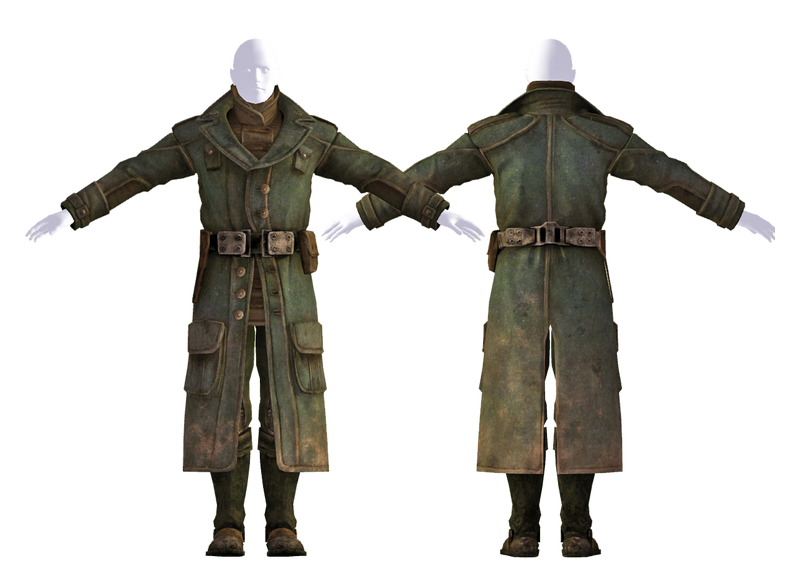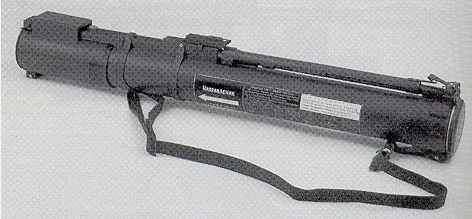
The many peoples of Sciox have always had a strong martial tradition and the armed forces have been the guardian of the Republic since it's earliest days, when the military rose up against King Demetrius IV when he ordered the Supreme Commanders to use large scale bombing and tank offensives on his rioting subjects, beginning the Sciox civil war.
Today the military plays an important role in the halls of government, with the Military holding much more power compared to other nations, the Commanders even posses the power to withhold certain information from the civilian government under the constitutions. The main reason for this is that all Scios see the military as the guardians of the nation and new recruits are taught that from the moment they put on a uniform that they have been given a sacred trust, not by some deity or a peace of paper but by their fellow citizens and to betray that trust is the gravest sin a man can commit. Soldiers dishonorably discharged, even for minor offences from the reserve forces, quickly become pariahs, they'll be lucky to find a job and dishonorably discharged soldiers make up a small but significant percentage of the national suicide rate.
Military influences, descended from the decade of rule by the Supreme Commanders following the Civil War, can be seen in all walks of life today. Many foreigners have commented on the often brutal efficiency of the National Police Service, which is based upon the counter-smuggling operations units of the Ranger Corps, the fortress like appearances of many government buildings throughout Sciox and the easily defensible nature of the post-war cities and ports.
The Military Constitution
1-The unified armed forces will be lead by a council, made up of the Supreme Commander of each branch of the armed forces.
2-In times of war, as decided by the President of the Republic, leadership of the nation shall pass to the High Military Council, if the President is unwilling to transfer power, then the Gathering Of Representatives may vote on an immediate transfer of power, not subject to Presidential approval.
3-The Military Council shall draw it's members from the Supreme Commanders of the Marine Forces, Air Forces, Naval Forces, the Intelligence Service and Space Dominance Command (As of November 4th 2017 Amendment).
4-During times of peace, the Military Council shall recognize the President of the Republic as their supreme authority and obey directives as issued by him/her. However upon a unanimous vote by the Military Council, a legal directive may be ignored.
5-The task of the Sciox Armed Forces is to protect and defend the people from all threats both foreign and domestic.
6-With a unanimous vote by the Military Council, the armed forces shall be authorized to deploy troops throughout the homeland to enforce marshal law and remove civilian members of government from office, during this period the nation shall be treated as if it is in a state of war.
7-In the event that Condition-6 is enacted the Military Council shall be required by law to prepare for and initiate elections of civilians to the positions of President of the Republic, Vice President of the Republic and all empty Representative positions.
1-The unified armed forces will be lead by a council, made up of the Supreme Commander of each branch of the armed forces.
2-In times of war, as decided by the President of the Republic, leadership of the nation shall pass to the High Military Council, if the President is unwilling to transfer power, then the Gathering Of Representatives may vote on an immediate transfer of power, not subject to Presidential approval.
3-The Military Council shall draw it's members from the Supreme Commanders of the Marine Forces, Air Forces, Naval Forces, the Intelligence Service and Space Dominance Command (As of November 4th 2017 Amendment).
4-During times of peace, the Military Council shall recognize the President of the Republic as their supreme authority and obey directives as issued by him/her. However upon a unanimous vote by the Military Council, a legal directive may be ignored.
5-The task of the Sciox Armed Forces is to protect and defend the people from all threats both foreign and domestic.
6-With a unanimous vote by the Military Council, the armed forces shall be authorized to deploy troops throughout the homeland to enforce marshal law and remove civilian members of government from office, during this period the nation shall be treated as if it is in a state of war.
7-In the event that Condition-6 is enacted the Military Council shall be required by law to prepare for and initiate elections of civilians to the positions of President of the Republic, Vice President of the Republic and all empty Representative positions.



































































